Access to quick hot water is a dream for many homeowners during colder seasons and the primary reason the hot water recirculating pump exists. There are pros and cons to adding the pump to your heating system. If you're curious about them, we've got you covered, as we researched the benefits and drawbacks of a hot water recirculating pump.
Hot water circulating pumps mostly come with long-term pros and short-term cons, which may or may not be a problem, depending on your needs. A few good reasons to get the recirculating pump are:
- Saves water
- Lowers your bills
- Provides faster hot water
- Is usually maintenance-free
But before you get these benefits, you will likely encounter these disadvantages:
- Expensive upfront cost
- Cold water requires waiting
- High additional costs
Despite the pros and cons, getting this device that fits your needs makes the purchase worth every cent! Keep reading as we explore the benefits and drawbacks and guide you in finding a suitable hot water recirculating pump.

Is A Hot Water Recirculating Pump Worth It?
Whether you live in a colder climate, want to conserve water, or enjoy the comfort of having hot water ready at home, a hot water recirculating pump can help you solve some of those concerns.
Simply put, a hot water recirculating pump cuts down on the time it takes for water to heat by taking water from a heater and moving it to different fixtures.
It uses a sensor to monitor and get hot water flowing once it drops to a specific temperature. It also includes a check valve to directly bring the water back to the water heater instead of passing the plumbing line.
Although a hot water recirculating pump works conveniently, you may want to weigh the pros and cons first. These include the following:
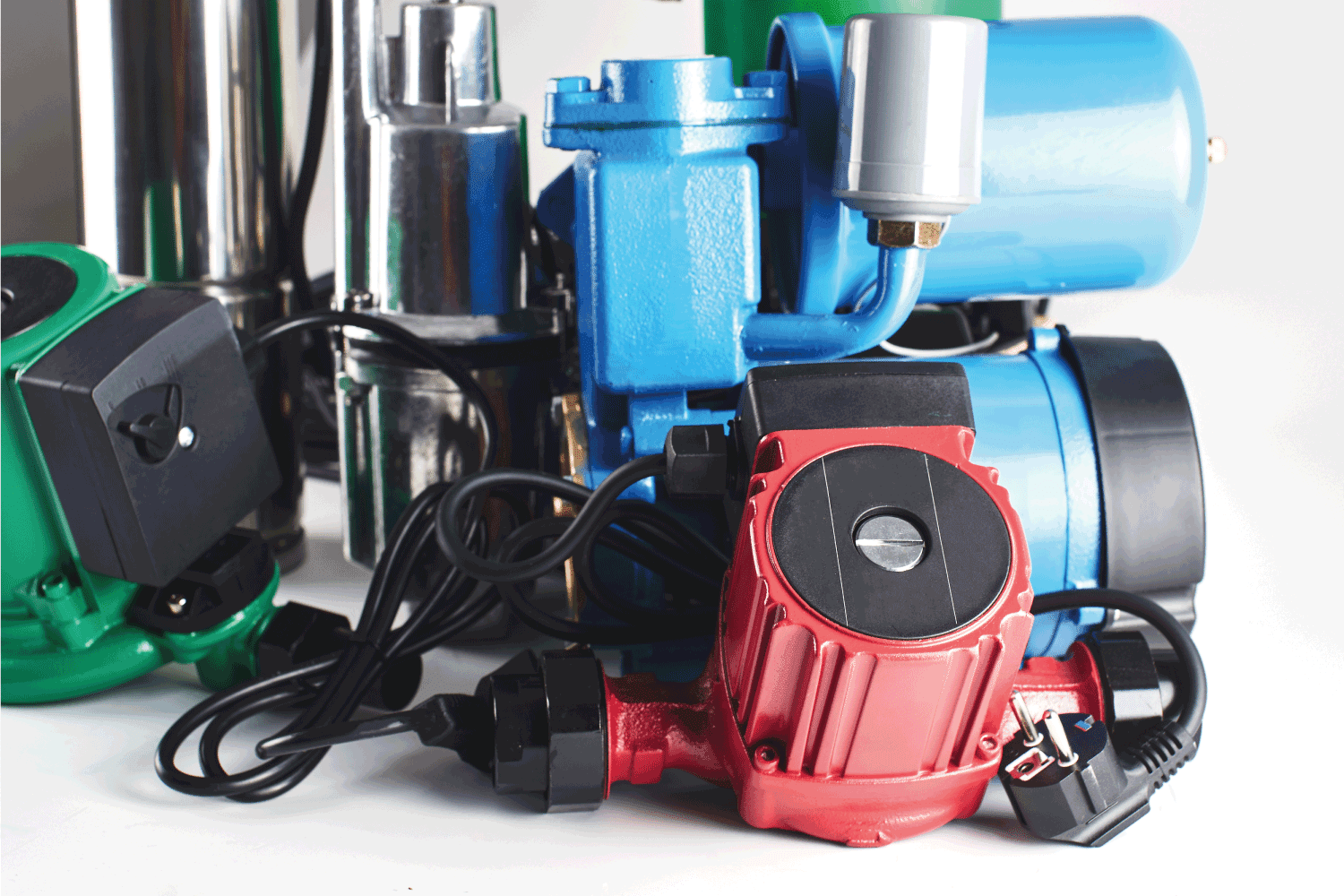
The Benefits
Individuals usually ask about recirculating pumps because of their overall convenience. Other than this, here are a few specific benefits it offers.
Saves Water
Studies show that individuals waste around 1 to 3 gallons because of waiting for hot water. But when you have a hot water recirculating pump installed, you don't need to keep the faucet running for long, effectively lowering water wastage.
This helps you save on water and promotes a friendlier environmental impact.
Lowers Energy Bills
Your utility bills decrease along with the increase in water efficiency.
Water heating takes up a lot of power and because it requires time. A recirculating pump will reduce the hot water that needs heating, decreasing the total energy consumption of these heating systems.
Faster Access to Hot Water
A recirculating pump closes your water heating system by pumping the hot water only when you need it. So it results in faster access to hot water throughout your home.
It also changes the route that hot water goes through, moving it immediately from the water heater to a fixture and back the same way.
Read this post to find out how long it takes for hot water to travel: How Long Should It Take For Hot Water To Reach Faucet?
Maintenance-Free
Installing a hot water recirculating pump is a straightforward process and doesn't require particular skills. As long as you install your hot water recirculating pump properly, you can expect it to have little to no maintenance.
If your current plumbing system is complex or you have a complicated recirculating pump, it's best to get professional assistance to ensure everything functions accordingly.
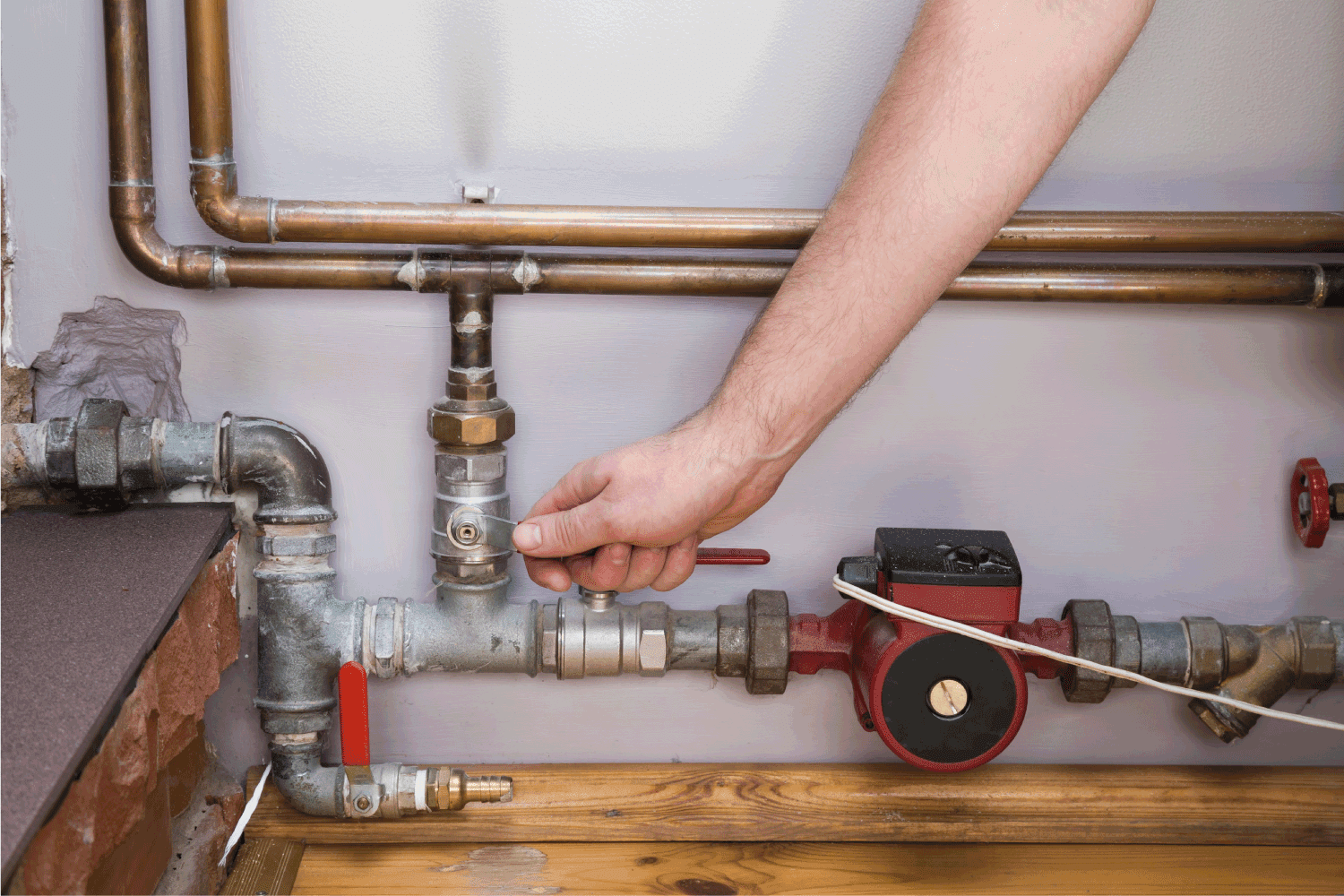
The Drawbacks
Although a recirculating pump has several advantages, its drawbacks are worth reconsidering. These include the following:
Expensive Upfront Cost
Most homeowners hesitate before buying a hot water recirculating pump because of its initial cost, usually between $200 and $400. You can install it yourself, but if you need help from an expert, it can go up to $1000!
Cold Water Requires Waiting
One thing most homeowners overlook before purchasing a recirculating pump is that they may have to wait longer for cold water.
You can counter this if you have a separate pipe for cold and hot water or if your recirculating pump comes with a timer that triggers hot water flow only at specific times.
High Incremental Costs
Even when you save on the initial cost, having a recirculating pump may cause you to pay extra for additional parts or installation. These expenses often include adding more wiring and power sources and replacing sensor valves.
While these are minor changes, the total cost can add up to a larger final bill.
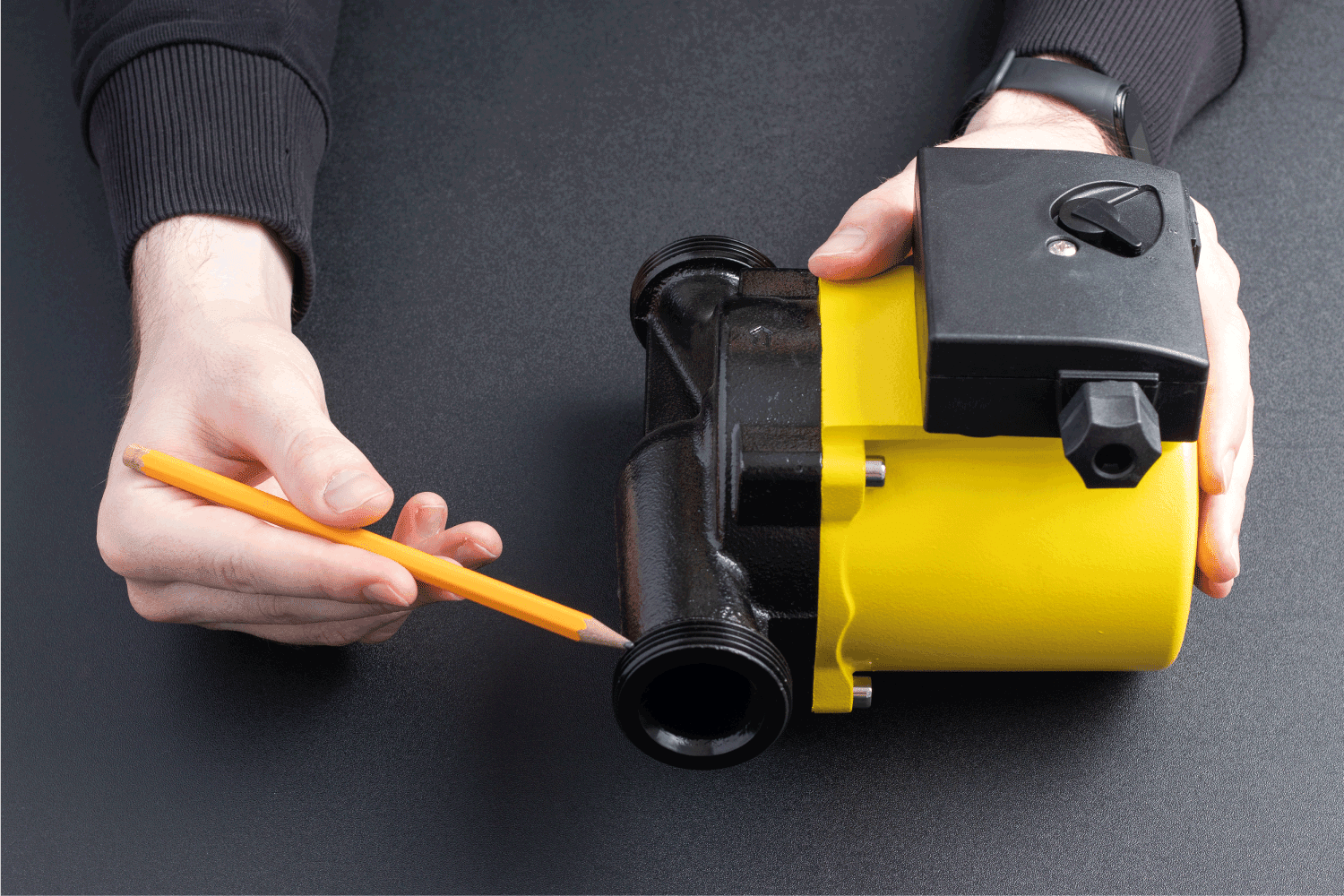
Hot Water Recirculating Pump Buying Guide
There's a broad range of recirculating pump options with different qualities and price points. Other than your current needs, you should evaluate each pump's features.
Here is a brief guide on what to consider when picking a hot water recirculating pump:
Effectiveness
Efficiency is one of the top reasons experts recommend a hot water recirculating pump, so it's good to see how much it can save you now and later on. Pay closer attention to efficiency ratings to find the pump truly built for energy and water conservation.
Features
A pump with more features will likely cost more, but these added elements can be practical and handy. For example, some recirculating pumps come with timers to schedule when to activate the hot water pump and switch it off.
Durability
Material quality and durability are important to most homeowners. A recirculating pump will go through pressure daily, so having high build quality is best for a longer-lasting device.
Noise Rating
Loud systems can be disturbing, particularly during rest or sleep. Unless you locate the pump far from the personal spaces in your home, you may want to get a recirculating pump with little or no operational noise.
Compatibility
Check if your chosen pump is compatible with your existing heating and plumbing systems before making the final purchase to avoid sudden problems or additional requirements during installation.
Recommended Brands
Admittedly, many hot water recirculating pumps that are readily available are reliable. But to make it quick for you, here are few great options:
Laing LHB08100093
If you're looking to install the pump under the sink, the Laing recirculating pump is the right one for you! The pump operates with a noise level of 30 decibels, making it a quiet option.
It has a built-in timer and doesn't need a separate sensor valve, but it may require you to get additional electrical work done.
Click here to see the Laing Recirculation Pump With Timer on Amazon.
Watts 500800
Another great choice is the Watts recirculating pump, which offers a 24-hour dual-setting timer that allows you to set when you want the pump to turn on.
It also has flexible water lines and a temperature sensor valve, so you won't have to purchase one separately. However, it doesn't work with tankless water heaters or water heaters that have heat traps.
Get the Watts Premier Recirculating Pump System on Amazon.
Grundfos 59896155
The Grundfos recirculating pump is more affordable than others and perfect for homeowners on a tight budget. It's also one of the few pumps you can install above your water heater or under your sink.
The downside is that it offers fewer features and doesn't include a built-in timer. You may have to buy and install extra parts separately or operate the pump without them.
Check out the Grundfos SuperBrute Recirculating Pump on Amazon.
How To Install A Hot Water Recirculating Pump
Every purchase of a hot water recirculating pump comes with an installation kit. It includes most of the parts you'll need. Follow these steps to get started:
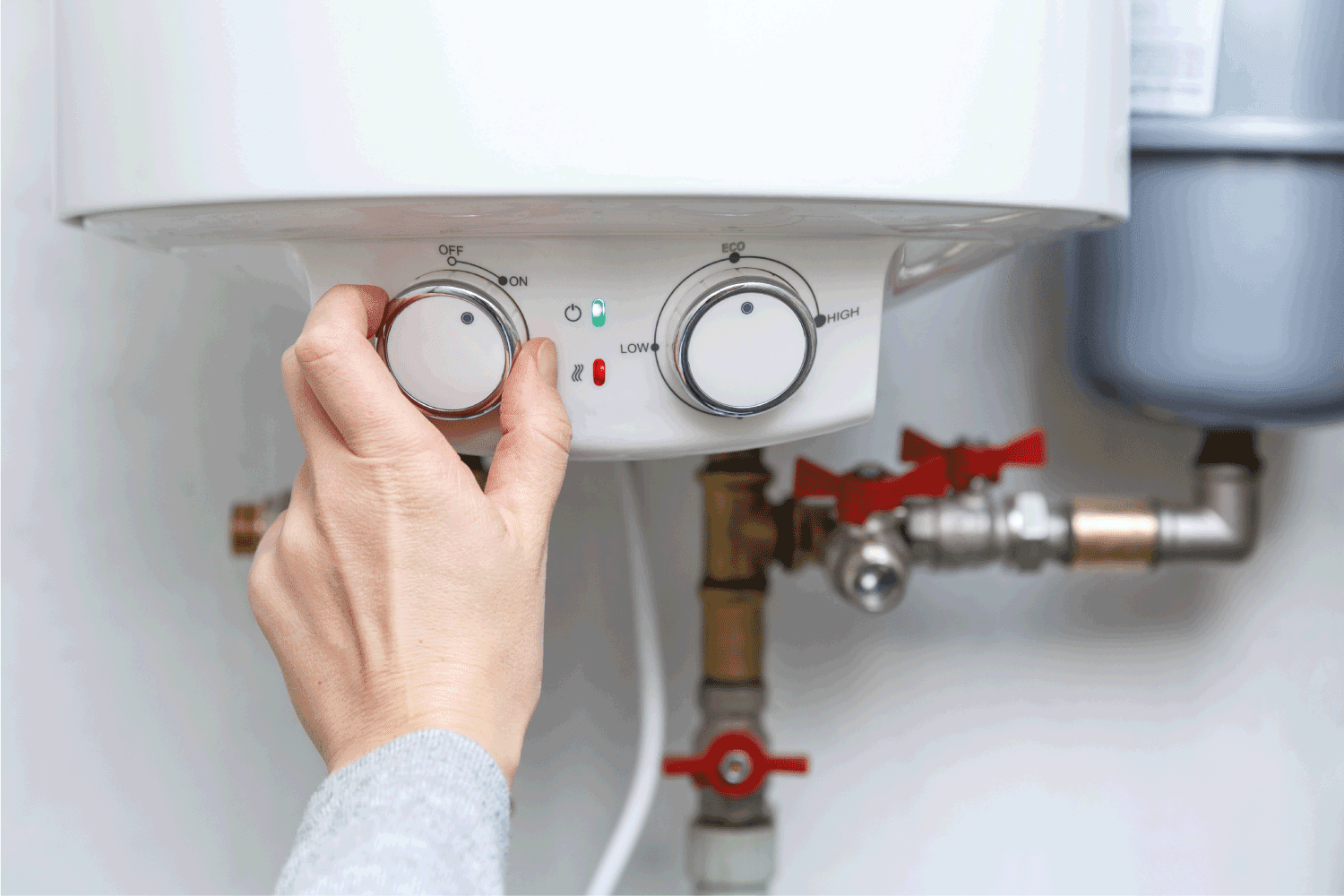
1. Turn Off The Water Heater
Shut off the power to the water heater and its gas valve. The pilot light should be off for older models.
Afterward, shut the water off by turning the valve on the water heater. You can also turn off the main water valve if you can't locate it on the water heater.
2. Drain The Water
Drain the hot water from all piping and fixtures when the water is off. If the water continues running, it means the valves to your water heater are still open.
Drain the hot water from your water heater through the drain valve at the bottom, then close it using a screwdriver.
3. Attach The Recirculating Pump
After draining all the hot water, use the pipe wrench to loosen and remove the hot water outlet pipe from your water heater and replace it with the recirculating pump.
Next, install the hot water line to the pump outlet nipple. Note that you only need to use plumbing tape if the threaded nipple has no rubber gasket.
4. Turn The Water Back On
Turn the water back on and let it run through the water heater and piping to push air out.
If you want to know how long it takes for a water heater to fill up, read this post: How Long Does It Take To Fill A Hot Water Heater?
5. Remove And Connect The Sensor Valve
To add the sensor valve, you should locate the sink farthest from the pump. Shut off the water to the sink.
Remove the flex water lines from the stop valves close to the wall. Connect the supply water lines to both water outlets at the top of the sensor valve, then attach the new flex lines from the sensor valve to its sides.
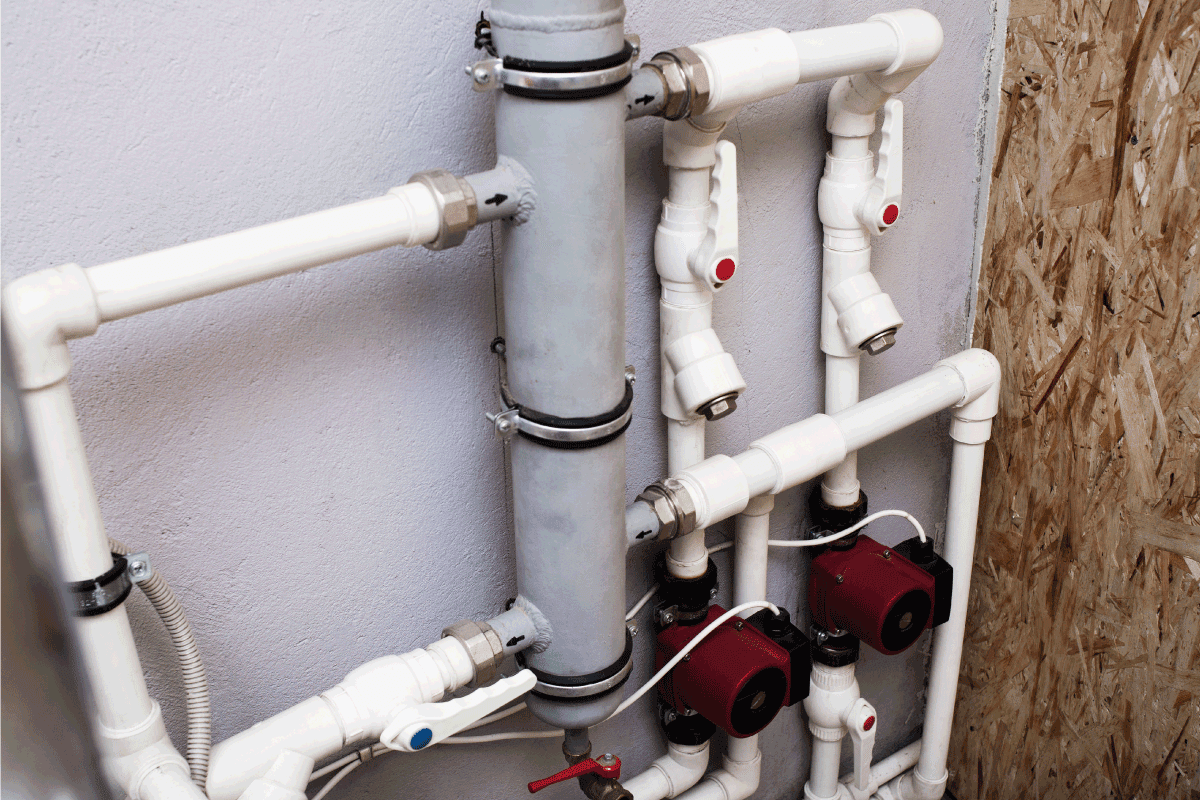
In Summary
There are several benefits to installing a hot water recirculating pump, especially for homeowners who want to save on water and energy consumption. However, its main drawbacks are high costs and less access to cold water.
Even so, a hot water recirculating pump is suitable for individuals living in cold climates or homeowners who prefer having hot water on demand!



